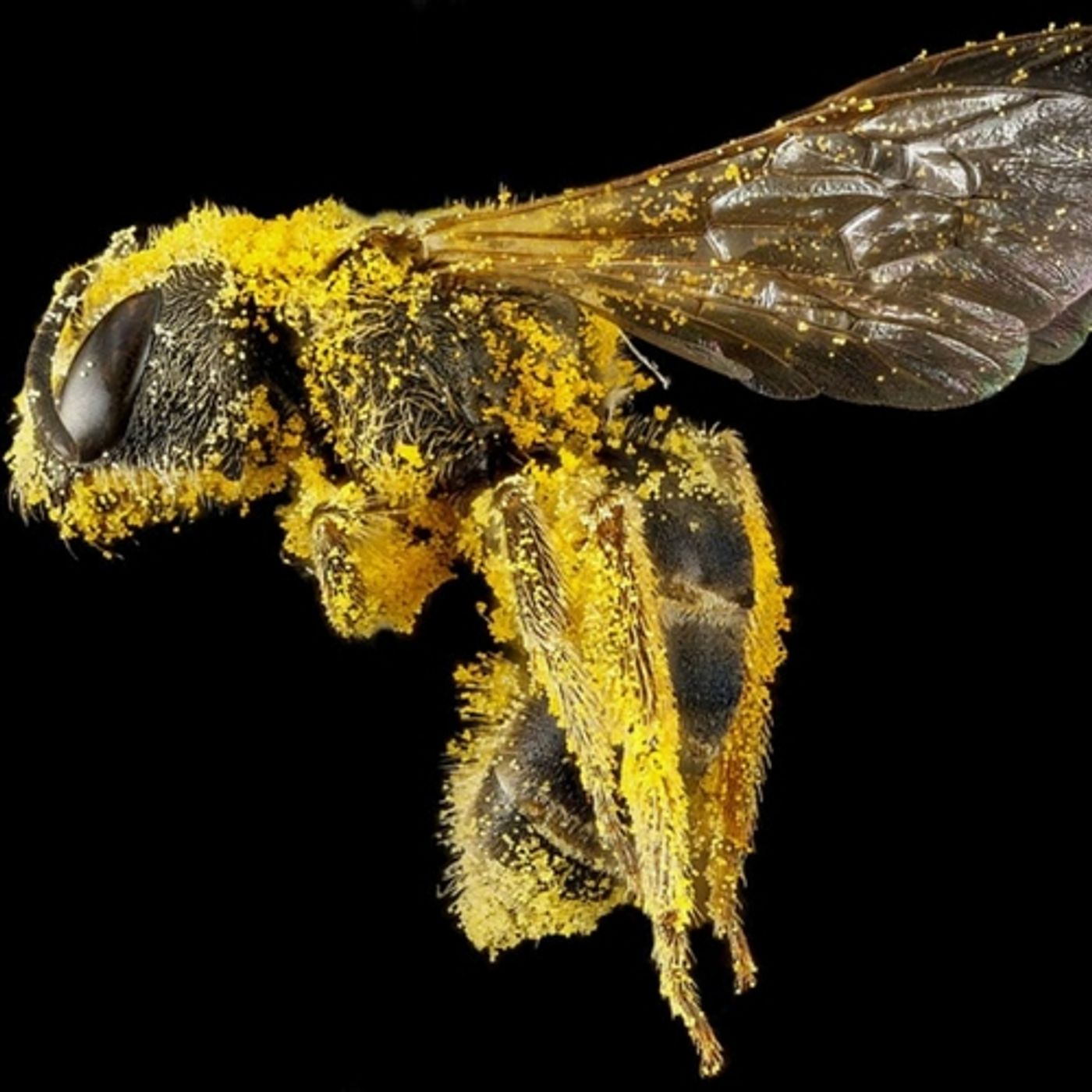Spring Allergies Are Back With a Vengeance
Achooo! Are you sneezing a lot this season? If so, you are not alone. Spring allergies have sprung in some parts of the country, and experts say that the 2018 allergy season could be the worst ever.
Allergic rhinitis, or as it’s commonly known, Hay fever, affects about 8% of Americans. It’s brought on mostly by pollen. Pollen is a fine dust that is released from plants, grass, and trees in response to environmental stimuli. When rainfall is plentiful, and temperatures are warmer pollen increases. Climate change is being blamed for pollen counts going up and the allergy season going on longer. It’s a factor, but the number of people who suffer from allergies is also on the rise, and the reasons for that are less clear. People with asthma will have a harder time with pollen, and that is not always related directly to an allergy. Pollen grains can range in size from 8 to 200 microns. This means that small bits of pollen can be inhaled deep into the lungs, and for asthmatics, that can be life-threatening.
Areas of the country that typically do not see a lot of allergy-related illnesses are seeing more than in previous years. Most notably Alaska. In 2016 the birch pollen count for Alaska reached an all-time high of 4, 290. Considering the world record pollen count happened in Denmark in 2014 at 4,696, the high level in a northern state not known for high counts is significant. Pollen is measured with a device called a rotorod. It’s a greased rod that is exposed to the air at different locations and intervals. The pollen that collects on it is examined microscopically and then converted to grains per cubic meter of air. Alaska has been hit particularly hard by climate change, and that is why counts there are on the rise.
It’s not just Spring when allergy sufferers start to sneeze and have trouble breathing. Trees are spewing pollen in the spring, after having been dormant in colder months. Once that first surge is over, grass pollen becomes the next allergy menace. Pollen from timothy grass, bluegrass and orchard grass peaks in the summer, but wait, there’s more. Probably one of the most well-known nasal allergens is ragweed. Ragweed pollen spikes in the fall. With all the different varieties of pollen and the fact that most people with allergies have more than one, at any given time from March through October there could be thousands suffering from congestion, itchy eyes and respiratory problems. According to an article on Vox.com, allergies cost between $3.4 billion and $11.2 billion each year in direct medical expenses. Lost productivity pushes those amounts even higher.
Can you avoid getting sick from the high pollen counts forecast for this year? Antihistamines are used to treat the symptoms of allergies, but they come with side effects and are not always tolerated well. Some things to try are avoiding being outside on high pollen count days, especially if it’s windy. Pollen counts peak at midday, so avoiding that time of day might be helpful. Keeping weight at a manageable level is important too, since carrying excess weight around the abdomen makes it harder to breathe deeply and fill the lungs completely, driving out irritants.
Whatever you try, keep in mind that allergies will eventually pass so staying as healthy as possible is the best defense. At least the long winter is over; there are more hours of sunshine and longer days to enjoy it, even with a few sneezes. Check out the video below for more information on the upcoming onslaught of pollen.
Sources: Vox, Mother Nature Network, WRAL.com









